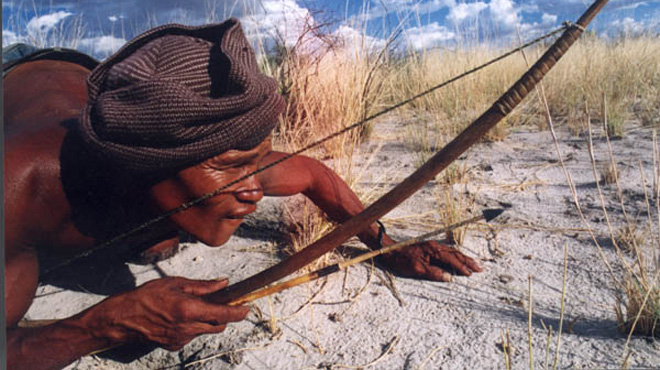Many people have heard the term survival of the fittest. This not only goes for animals, but also humans too. We don’t realize that our ancestors had to have special skills in order to survive nature’s harshest conditions. We wouldn’t be here if they hadn’t known basic survival skills; today it is safe to say that many people do not have what it takes to live out in the wild.
Here is a list of skills most of us have forgotten over time:
Tracking and hunting animals
Tracking animals was a significant way of life, especially while hunting for food. The need for the protein in animal meats made people reliant on creating better techniques and weapons to hunt these animals.
One researcher, Louis Leibenberg, said that tracking was a critical step in evolution. He also argues that tracking should be treated as an art because it involves the same intellectual and creative abilities as math or physics.
Other anthropologists believe that tracking was done even before humans themselves started hunting. They probably tracked large cats to lead to where an animal had already been killed and was available to be scavenged.
Studies have suggested that hunting skills were being honed many thousands of years ago. One of those skills is throwing, which was used to hunt or scare predators. Hunting spears date back to nearly 300,000 years ago, snares date back to nearly 77,000 years ago, and bows and arrows date back to nearly 61,000 years ago.
The people who still hunt and gather teach their children from birth to learn the skills.
Knowing what is alright to eat and how to medicate
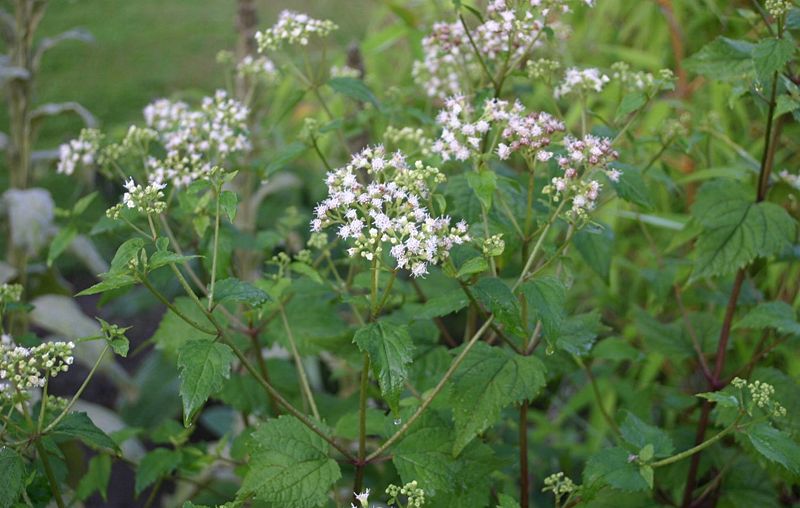
In order for people to learn what was safe to eat and useful to use, the trade would be passed down from generation to generation so that no one would forget. One researcher said that this is one of the biggest survival skills people have forgotten over time. Yet this is very important and plays a major role today in what we know about what we can and can’t eat or use as medication.
What is amazing is that people learned about specific plants in each ecosystem and would have known the conditions, appearance, and preparation of those certain herbs. Since those skills were abandoned long ago, many medical uses have been forgotten, resulting in testing today. The test is called the “universal edibility test” – the herb is put on the skin, then an abraded area, then on the lips and tongue, and finally it is eaten. Between each step, scientists wait to see if there is a negative effect on the person testing it. Many scientists do not like this test due to some plants having a delayed reaction which could turn out to be dangerous.
When it comes to self-medication from nature’s herbs, researchers see that primates use them and, just like humans, primates have been doing it for thousands of years.
Navigational skills:
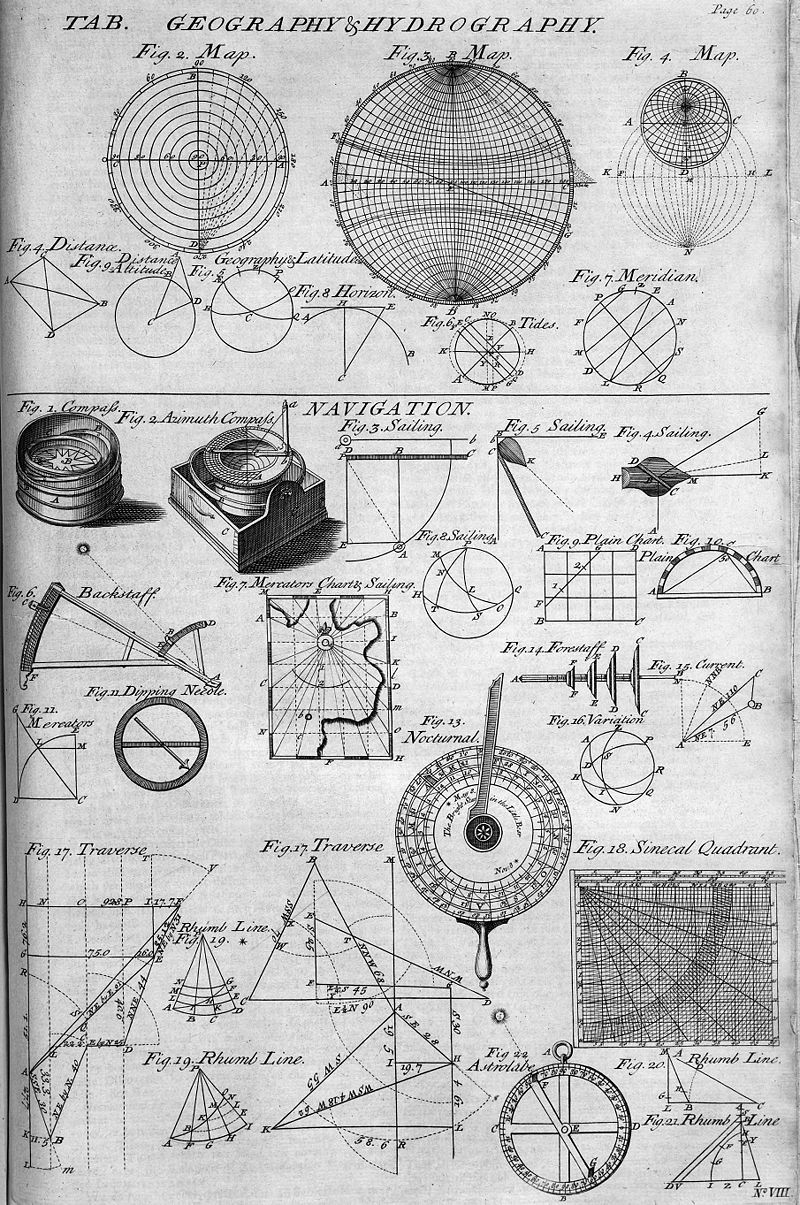
Considering that all people started out traveling by foot, navigating was an important key to survival. Scientists have researched the movement patterns of humans by looking at the certain rocks that were used in their tools. Only some rocks are native to certain areas. By the Middle Paleolithic age, humans were actually capable of traveling up to hundreds of miles for travel or trade.
A researcher said that trading and traveling implies that the humans knew how to navigate. They even had an aptitude for distance running, which has been around since Homo Erectus lived around 1.8 million years ago. Distance running would have been a great skill for hunting and also traveling at an efficient pace.
One researcher, Thomas Wynn, said that there was modern spatial cognition in the humans who traveled, dating back to nearly 500,000 years ago, which would have helped them process navigation. This also helped people with developing mental maps while traveling, whereas humans these days rely on a map or GPS system to get them to where they need to go. Native Americans, for example, used some kind of markers of artwork or rock formations in order to aid them with directions.
Indigenous Australians use a series of story-telling arts along with pictograph maps in order to find their way around the vast outback. Sailors used ropes, cords, and spider web maps in order to aid them in finding direction.
During the 19th century, Native Americans who were coming of age were told to travel hundreds of miles to raid a village they have never been to. In order to do this, they had to memorize the land through stories and mnemonic devices the leaders provided them.
What researchers learned is that although people had the ability to memorize the lands completely without help, they still chose to add material pieces to help them, like the rope or paintings. One researcher believes this piece of information has impacted the way people travel today. We rely a lot on material landmarks when it comes to traveling.
Making clothes
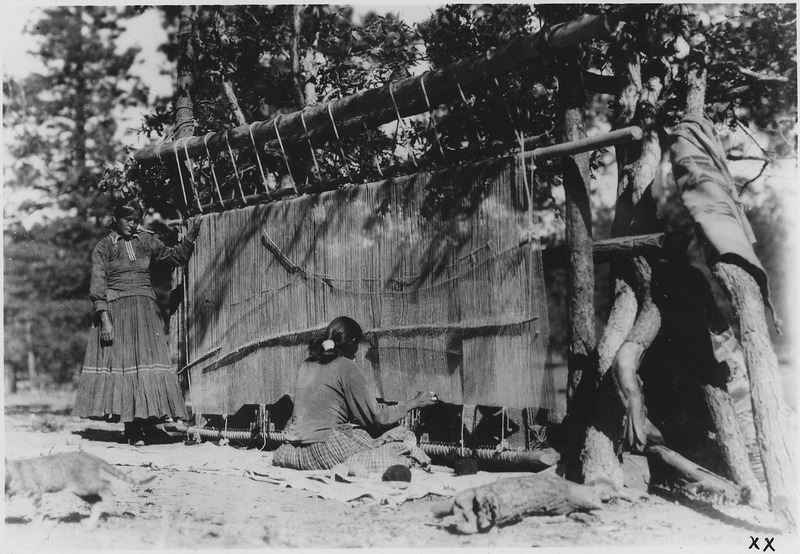
Like today, clothing differs depending on climate and resources. Our ancestors relied on the properties of what was available and how creative they could be to make the clothing beneficial. Hunter-gatherers had a large range of clothing such as leather, furs, palm leaves, or even cedar tree bark. They had endless possibilities of materials and they used that to their advantage.
When a 5,300-year-old Iceman was found frozen in a glacier, researchers studied his clothing. Looking closer, they saw his garments were hand-sewn with several types of different leathers. They realized that each piece had its own purpose. His shoes’ soles were made of bear skin, but on top it was soft deer hide. His cloak was made of woven grass which would have been helpful since it was waterproof, and could have also doubled as a bed if needed.
Surviving in a group
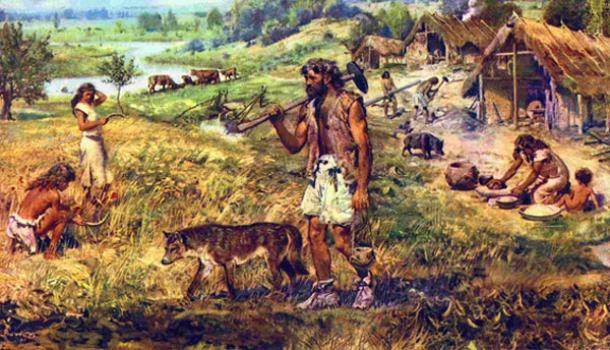
One of the major skills that has been lost is the cultural and generational patterns that were developed in a specific environment. For example, if a group of hunter-gatherers moved to a different region, they would have to re-learn the area and what could be useful or dangerous to them. They would have nothing to go on except trial and error.
They would have to find which plants were dangerous and which ones would be useful for cooking or making clothing and how to hunt or gather in the area – then they would have to take what they already knew and apply it to the new living area.
People today would most likely panic and not put their effort into an effective skill. They would waste precious time by not working together as well. It would take someone who has the knowledge of surviving in the wild and someone who has great leadership. That person would need to know who would be best at a certain job. He or she would then employ those people to those specific tasks.
The real survival skill
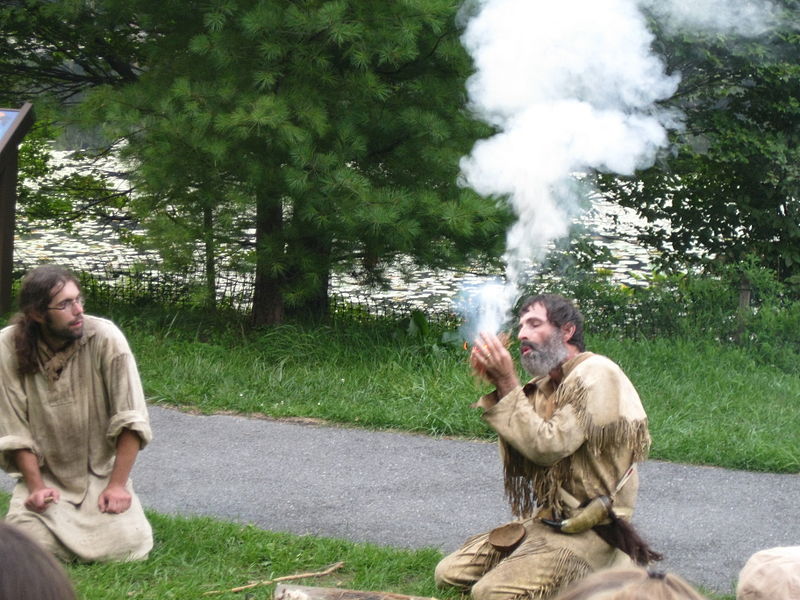
The sad truth is that what we would call survival skills were just everyday matters for our ancestors. People survived because they were taught those skills at an early age, making them successful as adults.
These people would have also made acquaintances with neighboring tribes, sharing their knowledge with them and vice versa. In modern society today everyone is brought up differently, whereas our ancestors were pretty much all brought up the same way. Everyone knew the skills that were required to be successful.
Today, the skills we require are things like how to keep a job with a good income, learning how to take the subway, or even doing our taxes. These skills are what we need to know in order to make a good life for ourselves. We do, however, have something that our ancestors did not – prior knowledge and the opportunity to learn on our own thanks to schooling and books. Our ancestors had to learn things all by themselves, without the help of books or schooling, which makes their skills even more impressive.
Thanks to anthropologists and archaeologists, we are able to learn what exactly our ancestors knew and whether or not they passed those skills down from generation to generation. They are also trying to compare what we know today with what our ancestors learned.
Source: http://io9.gizmodo.com/here-are-some-essential-survival-skills-weve-lost-from-1732594841
